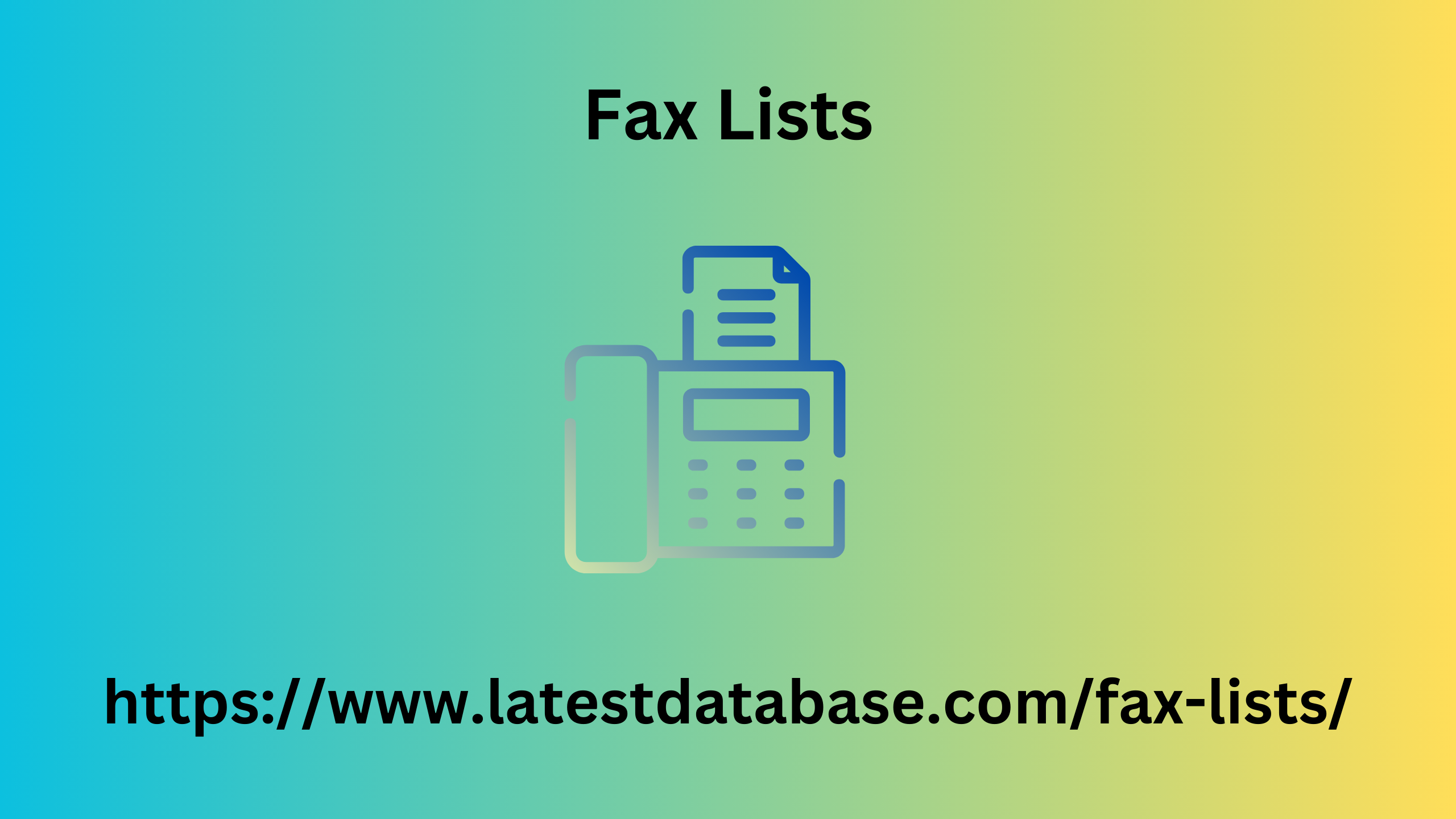Post by account_disabled on Jan 24, 2024 23:22:39 GMT -8
Let's imagine a tribe that once a month makes a sacrifice to an idol - neither more nor less, but a third of the harvest. Savages, aren't they? They could have eaten it themselves. Now imagine hundreds of companies doing much the same thing every month. They throw away a third, or even more, of the advertising budget - although they could have spent it on development. And all because the business does not know what kind of advertising brings in calls and applications, so it invests money at random. Call tracking exists to solve this problem . Let's look at how it works. Reading time 20 minutes What is call tracking and why is it needed? How call tracking works Static (classic) call tracking Dynamic call tracking Combined call tracking Benefits of call tracking conclusions What is call tracking and why is it needed? Call tracking is a technology that determines which advertisement led to a client calling.
It is based Fax Lists on the principle of number substitution, which allows you to find out which advertising is effective and which is not. In most companies, the sale begins with a telephone conversation with the client. Buying an apartment, installing double-glazed windows, ordering a wholesale batch of industrial equipment, delivering pizza - all this is discussed in advance over the phone. But how do you understand where the clients who call are coming from? You can, of course, ask them: “Where did you learn from us?”, but you are unlikely to get an accurate answer. You can look for the answer to this question in Google Analytics systems. But the trouble is, you won’t find it there.

Now, if customers immediately put the product in the cart, the system would track which advertisement brought the buyer. But calling is an offline action. A person saw an advertisement, clicked on it to the website, saw a phone number and reached for a smartphone. That’s it, from now on you will not learn anything about his further actions - after all, the system “does not see” calls. For Google Analytics, the person simply left the site. But in fact, he called, placed an order and purchased your product. If a person did not complete the target action on the site, but immediately called, then a vacuum is created in the data: Call tracking was invented specifically to solve this problem . In total, there are three types of call tracking, which differ in the principle of number substitution and are suitable for different needs.
It is based Fax Lists on the principle of number substitution, which allows you to find out which advertising is effective and which is not. In most companies, the sale begins with a telephone conversation with the client. Buying an apartment, installing double-glazed windows, ordering a wholesale batch of industrial equipment, delivering pizza - all this is discussed in advance over the phone. But how do you understand where the clients who call are coming from? You can, of course, ask them: “Where did you learn from us?”, but you are unlikely to get an accurate answer. You can look for the answer to this question in Google Analytics systems. But the trouble is, you won’t find it there.

Now, if customers immediately put the product in the cart, the system would track which advertisement brought the buyer. But calling is an offline action. A person saw an advertisement, clicked on it to the website, saw a phone number and reached for a smartphone. That’s it, from now on you will not learn anything about his further actions - after all, the system “does not see” calls. For Google Analytics, the person simply left the site. But in fact, he called, placed an order and purchased your product. If a person did not complete the target action on the site, but immediately called, then a vacuum is created in the data: Call tracking was invented specifically to solve this problem . In total, there are three types of call tracking, which differ in the principle of number substitution and are suitable for different needs.
